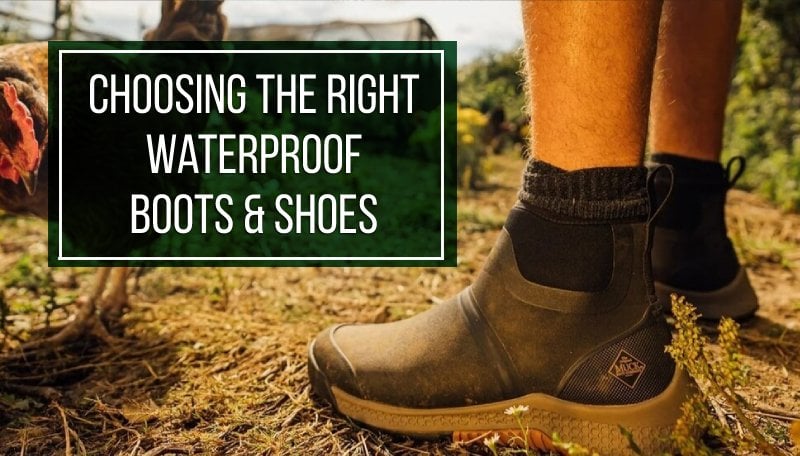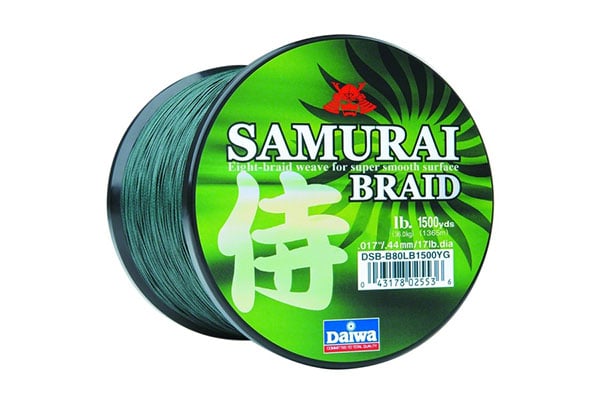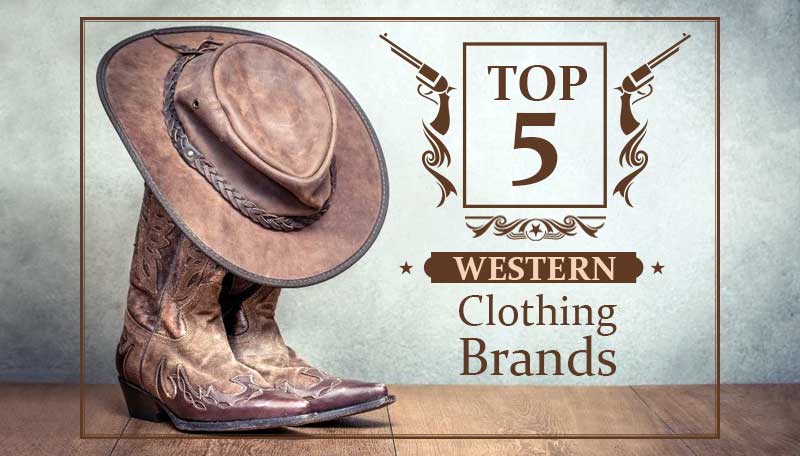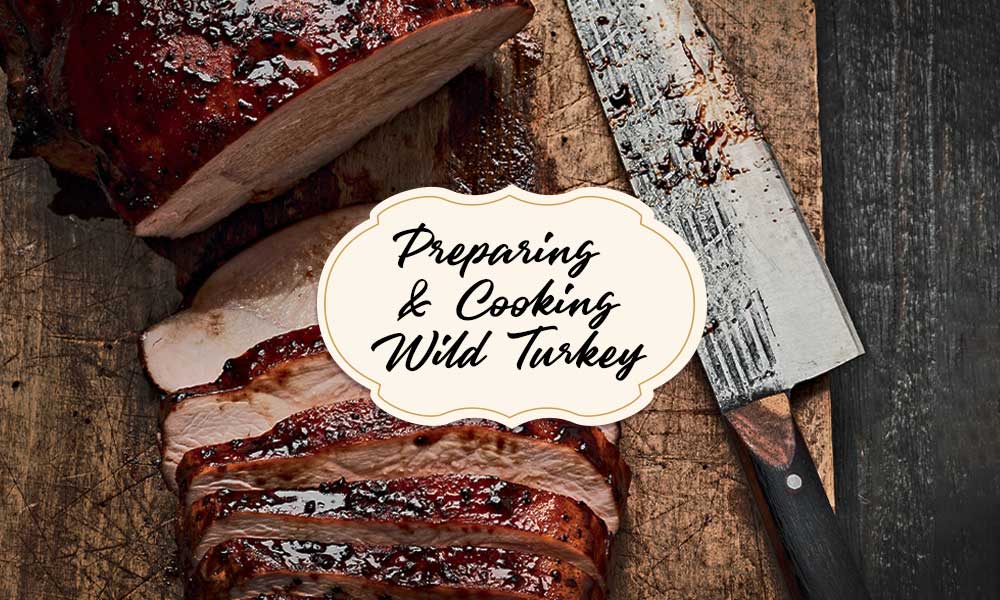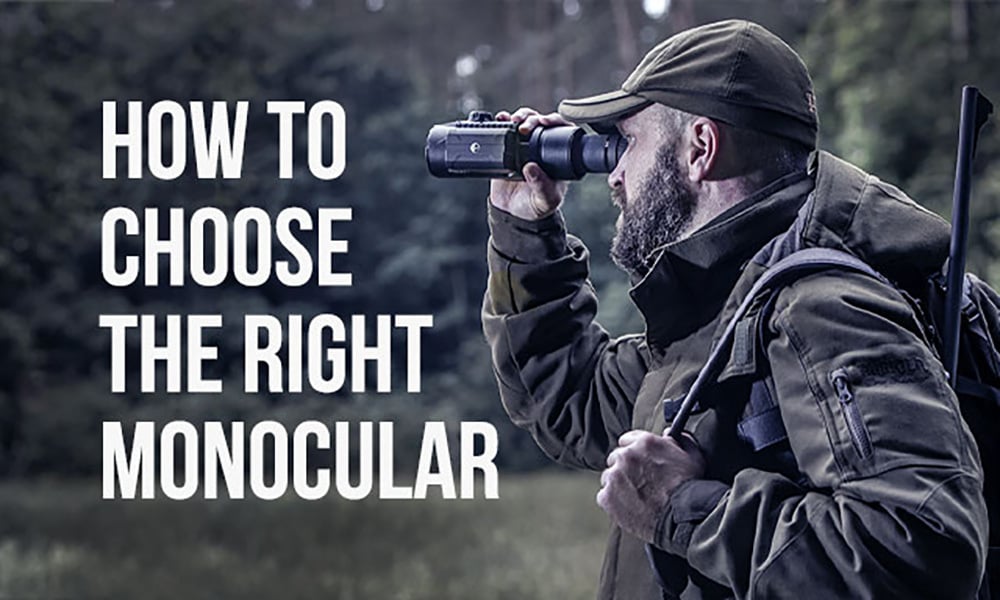The tricky thing about Googling “best winter coat” or “good cold weather jacket” is that the search doesn’t account for how cold your winters actually get. What counts as cold weather in Maine or Minnesota is pretty different from what someone in Texas or Florida might deal with. A winter in Chicago isn’t the same as a winter in Los Angeles, right?
That’s why you need to look beyond just note label “WARM” or “WINTER” on the tag. Even more importantly, dealing with the cold effectively isn’t just about finding one warm jacket. What you really need is a full SYSTEM of layers.
This post will break down not just how to choose a warm winter coat but also how to build a layering system that’s versatile enough to handle all kinds of cold weather.
Why You Don’t Need a Winter Jacket for Extreme Cold Weather
So, when it comes to staying warm during winter hikes or outings, it’s not about one bulky winter coat—it’s about layers. Using multiple lighter layers instead of a single extreme-cold coat gives you the flexibility to adjust based on the weather and how active you are throughout the day. Plus, this approach keeps you warm without making you sweat (because, trust me, nothing feels worse than sweating in the cold).
How Layers Work
When you layer clothing, you trap warm air close to your skin. Each layer acts as an obstacle for heat trying to escape. For example, when you wear a base layer under a thicker sweater, fewer heat-releasing “holes” exist between fabrics. Add another layer, like a fleece, and it becomes even harder for the warmth to sneak out.
The Three-Layer Rule
To make layering simple, here’s how to structure your outfit for ultimate warmth and comfort:
Base Layer (Closest to Skin)
Start with a wicking material, like wool, silk, or synthetic microfiber. These fabrics pull moisture (sweat) away from your body, keeping you dry and warm. A good base layer can include thermal tops, leggings, or liner socks.
Pro tip: Wool or silk are great—they’re warm, long-lasting, and naturally fight odors.
Insulating Layer (Middle)
Insulating layers lock in the heat trapped by your base layer. Think of something like a performance hoodie, grid fleece, Alpha Direct, a polar tee, or a chunky wool sweater. These mid-layers not only trap heat but also maintain breathability. Make sure your mid-layer is not too tight—you need space for warm air to circulate.
If it’s especially cold, you can even double up on mid-layers. This gives you the option to take one off as the temperature or your activity level increases.
Outer Layer (Weatherproof)
Finish it off with a windproof and waterproof layer, like a quality windbreaker or waterproof pants. If it’s snowing or raining, this layer keeps you dry while the inner layers keep you warm.
Why Layering Beats a Heavy Thermal Coat
The beauty of layering is adaptability. With 4–5 layers to play with, you can mix and match depending on how cold it is or how much you’re moving around. On the other hand, a single heavy coat doesn’t give you the option to cool off or adjust—it’s either on or off.
Plus, investing in lighter jackets and layers is a smarter use of your money. These individual pieces are way more versatile than one big, bulky coat and can be used year-round for different weather and activities.
Activity Levels and Purpose
Your activity level plays a huge role in how warm you’ll actually stay because the more you move, the more body heat you generate—and that affects the type of insulation you’ll need.
If you’re doing something active like hiking, snowshoeing, or climbing, your body naturally warms itself up. That means you won’t need as many layers or a super heavy winter coat. Actually, bundling up too much in these situations can backfire. Overdress, and you’ll start sweating—then when you stop moving, all that moisture cools you down fast.
On the flip side, when your activity level drops—like when you’re taking a break, setting up camp, or just waiting around—you’re no longer producing as much body heat. That’s when you’ll notice the cold setting in and need heavier insulation to stay warm.
The bottom line is with layers, you can mix and match depending on what you’re doing. This flexibility not only keeps you comfortable but also helps you manage moisture and temperature changes more effectively than relying on one warm winter coat could.
Types of Winter Jackets and When to Wear Them
Parka
Best for: Extreme cold, urban wear
If staying warm when it’s unbearably cold is your top priority, you need a parka. These are long, insulated winter jackets are lined with fur-trimmed hoods to block icy winds, and their extended length keeps your thighs warm too. Perfect for places with frigid winters.
Look for these things:
- Insulation (either down or synthetic)
- Windproof and waterproof shell
- Adjustable hood and cuffs

MOUNTAIN HORSE Women's Alicia Black Coat
$286.95
Price accurate at time of writing
Specs:
- Reflective tape at sleeve/ front / back
- Wedge inside center back slit as wind protection
- Front pockets with zip and brushed poly tricot against palm
- Inner pocket with zip; Inner mesh pocket for gloves etc.
- Protective front plackets
- Detachable and adjustable hood
- Pre-curved sleeve; Elastic inner cuff at sleeve bottom
- Adjustable stay-in-place straps inside
- Material: 100% Polyester / Padding: 100% Polyester
Puffer Jacket / Insulated Jacket
Best for: Layering, travel, outdoor activities, daily winter wear
Puffer jackets are lightweight and packable, which makes them travel-friendly. Despite their lightweight feel, they’re super warm thanks to the quilted design that keeps the insulation evenly distributed.
Puffer jackets can be filled with down feathers or synthetic material. We are talking about the pros and cons of each below, but generally, down jackets are best for dry, cold weather since wet conditions can reduce their effectiveness (though newer jackets often have water-repellent finishes).
Look for these things:
- Durable water-repellent (DWR) coating
- Elastic cuffs and hems for a snug fit
Look for these things (down jacket):
- High loft (700+ fill power is ideal)
- Water-resistant or hydrophobic down
- Lightweight design

PNUMA Palisade Puffy Jacket
$199.29 - $201.50
Price accurate at time of writing
Specs:
- PrimaLoft Gold Insulation Down Blend - 90/10 750fp
- Water repellent and quick drying
- Stays warm and dry longer than regular down
- YKK sealed Aquaguard zippers on pockets
- Fitted hood for max protection

SWIX Men Tromso Insulated Jacket
$340.00
Price accurate at time of writing
Specs:
- Versatile Alpine jacket made for harsher weather and conditions
- Great for any outdoors activities with strong wind and cold
- Primaloft Thermo Plume insulation
- Removable hood
Shell Jacket
Best for: High-energy winter activities (skiing, snowboarding, etc.)
Shell jackets are created to shield you from rain, snow, and wind but aren’t insulated, so you’ll need to wear a mid-layer underneath. Thanks to materials like Gore-Tex, shell jackets are perfect for active winter sports because they’re breathable and lightweight.
Look for these things:
- Waterproof and breathable materials
- Lightweight construction
- Ventilation (like pit zips)

BLAKLADER 4797 US Shell Wind/Water/Cold Black Jacket
$179.95
Price accurate at time of writing
Specs:
- Main material - 100% polyester, twill, laminated, wind- and waterproof, breathable, 5 oz
- Mesh lining
- Functionality - Breathable wind and water-tight material, taped seams, Ventilation in back
- Details: Fleece lined collar; Removable and adjustable hood with mesh lining; Zipper in lining for transfer
- Front closure - Robust hidden one-way plastic zipper, Inner wind flap with fleece
- Pockets: Chest pockets with zipper; Inset pockets with zipper and fleece lining; Inner pockets
- Finish - Extended back, Adjustable hem with drawstring; Adjustable sleeve end with velcro, Sleeve end with inner wristlet
- Reflective tape in front, sleeves and on cap
- Wind- and waterproof fabric with breathable function and stretch effect; The garment is made of Oeko-Tex 100 and bluesign certified material
Softshell Jacket
Best for: Milder weather, hiking, climbing, and other active outdoor pursuits
For mild winter days when you’re on the move, softshell jackets might be your go-to. They’re breathable, flexible, and designed for active wear. While they’re not fully waterproof, they do offer some water resistance and can be layered if it gets colder.
Look for these things:
- Flexible, movement-friendly fabric
- Windproof construction
- Slimer design for layering

DRAKE Men's Rain Brake Lightweight Solid Softshell Jacket
$99.99
Price accurate at time of writing
Specs:
- Water-resistant
- Built-in stretch
- Attached 3-piece hood with adjustable drawcord and locks
- Drawcord waist with cord locks
- YKK zippered side slash and front chest pockets
- 88% Polyester/12% Spandex

BERETTA Women's Defi Softshell Jacket
$149.00
Price accurate at time of writing
Specs:
- Integrated Hood: The jacket features an integrated hood for added protection against the cold and elements.
- Central Reversed YKK Zip: The central reversed YKK zipper ensures reliable and smooth closure.
- Front and Side Pockets: Equipped with front and side pockets, providing convenient storage options.
- Drawstring Bottom: The drawstring bottom allows for easy adjustment, ensuring a snug fit and enhanced warmth.
- Removable "Beretta Hands Free" Braces: The jacket comes with removable braces for added convenience.
- Fit: Regular Fit - The jacket is designed for a comfortable and accommodating fit suitable for various body types.
- Made of lightweight, breathable polyester with water-repellent DWR treatment
Work Jacket
Best for: Outdoor labor and heavy-duty tasks
If your winters involve rugged outdoor work, you need a tough jacket. Work jackets are built with heavy-duty materials like canvas and Cordura, reinforced stitching, and plenty of utility pockets.
Look for these things:
- Heavy-duty fabrics
- Insulated lining
- Stormproof cuffs and collars

BLAKLADER 4786 US FR Multinorm Shell Hi-Vis Yellow/Navy Blue Jacket
$499.95
Price accurate at time of writing
Specs:
- Main material - 50% modacrylic, 32% cotton, 9% polyamide, 8% polyester, 1% other fibers, ripstop, flame resistant, laminated, 8,26 oz
- Lightweight lining
- Functionality - Breathable wind and water-tight material, taped seams, Dark colour field in high grime-exposure sections
- Details: External certification labels; Metal press studs, Hidden buttons; Fleece lined collar, High collar with covererd zipper; Removable, adjustable hood, Removable hood with lining
- Pockets: Chest pocket with D ring, Chest pocket with hidden metal zipper; Document pocket in front; Inset pockets with zipper and fleece lining; Inner pocket
- Segmented flame resistant transfer reflective tape
Winter Coat Insulation: Down vs Synthetic
Down Insulation
Down comes from the soft feathers of birds, like ducks or geese, and traps heat really well without adding bulk.
Pros:
- Warmth-to-weight: Lightweight yet super warm, perfect for packing without bulk.
- Durability: High-quality down lasts years and bounces back after storage.
Cons:
- Ineffective when wet: Clumps, loses fluff, and stops insulating if soaked.
- Allergy risk: May trigger feather or dust mite allergies.
Some manufacturers now treat down feathers with DWR coatings, which helps, but they’re still not as water-resistant as synthetic insulation.
Synthetic Insulation
Synthetic insulation is made from materials like polyester and is designed to mimic the way down works by trapping air to hold in heat.
Pros:
- Performs when wet: Stays warm and fluffy even in rain or snow.
- Allergy-friendly: Self-explanatory.
- Tougher: Handles rough use and wear better than down.
Cons:
- Heavier: Bulkier and heavier than down for the same warmth.
- Less packable: Doesn’t compress as easily for storage or travel.
Brands like PrimaLoft, Polartec Alpha, and G-Loft have created some incredible synthetic options that come pretty close to mimicking the warmth and feel of down.
Down Jackets: Fill Power and Fill Weight
When comparing down jackets, two terms you’ll see a lot are fill power and fill weight.
What is Fill Power?
Here’s where it gets slightly technical but don’t worry, it’s easy to understand. Fill power (sometimes shortened to FP) measures the “fluffiness” of the down. It’s basically a number that tells you how much space 1 ounce of down can fill.
For example:
- 700FP means 1 ounce of down fills 700 cubic inches of space.
- 850FP means 1 ounce of down fills 850 cubic inches.
The higher the fill power, the better the down is at trapping air—and the warmer it is. Higher fill power = more warmth with less down (so the jacket is also usually lighter).
Pro Tip: If you’re looking for something ultra-light and for extreme cold, go for a jacket with higher fill power.
What is Fill Weight?
Fill weight is just as important as fill power, but it gets overlooked. While fill power tells you how efficient the down is, fill weight tells you how much down is actually in the jacket.
Think of it this way:
- Fill power = quality of the down.
- Fill weight = quantity of the down.
For example, you could have two jackets with 700FP down, but one might have 5 ounces of down and the other might have 8 ounces. Which one will keep you warmer? The jacket with 8 ounces of down—because there’s simply more insulation inside it.
When shopping, look for both fill weight and fill power together.
How to Read Fill Power and Fill Weight Together
Here’s a quick cheat sheet to help you spot the difference:
- Low fill power (500-650): Decent warmth, but often requires heavier down to keep you cozy. Best for milder winters or casual everyday wear.
- Mid-range fill power (700-800): Great balance of warmth, weight, and packability. These jackets are a solid choice for winter hikes, camping, or city wear in colder climates.
- High fill power (850+): Top-tier insulation—lightweight but incredibly warm. Ideal for extreme cold or anyone who wants a performance-oriented jacket. If you need to shove your jacket into a small bag for traveling, look for something in the 800-900FP range.
Fill Weight in Action
Imagine two jackets side by side:
- Jacket A: 700FP, 10 ounces of down.
- Jacket B: 850FP, 6 ounces of down.
Which one’s warmer? Surprisingly, Jacket A is likely to feel warmer in most cases because it has more down packed inside it (10 ounces vs. 6 ounces). But Jacket B is lighter and more compressible while still offering excellent warmth—it just depends on your priorities.
Keeping Your Hands, Feet, and Head Warm in Winter
Your torso might feel toasty, but don’t forget your extremities! After all, no matter how insulated your coat is, if your hands, feet, and head are freezing, the cold will find its way in.
1. Keep Your Hands Toasty
Cold hands can make you miserable faster than you think. Here’s how to protect them:
- Insulated Gloves or Mittens: Mittens generally keep your hands warmer than gloves because they allow your fingers to share heat.
- Liners: If you’ll be outside for long periods, consider gloves with removable liners for easy drying.
- Handwarmers: For extra warmth, throw some chemical hand warmers into your gloves.

BLAKLADER 4786 US FR Multinorm Shell Hi-Vis Yellow/Navy Blue Jacket
$27.99
Price accurate at time of writing
Specs:
- Flip mitt design
- 2mm Neoprene palm
- Velcro strap
- Slit fingers on thumb and index finger for easy knot tying
- Sharkskin neoprene palm provides enhanced grip and dexterity
2. Don’t Forget About Your Feet
Your feet are constantly in contact with the cold ground, so keeping them warm and dry is paramount.
- Winter Boots: Pick your winter boots based on activity level (the higher, the less insulation you need) and weather conditions (pick waterproof for wet conditions).
- Wool Socks: Ditch the cotton. Wool socks, especially merino wool, wick moisture away from your feet and keep them dry and warm. Thick layers make a huge difference.
- Double Up Layers: If it’s particularly freezing, layer thin moisture-wicking socks under your thicker wool ones for added insulation.

CEP Hiking Merino Tall Compression Socks
$54.95
Price accurate at time of writing
Specs:
- NEW asymmetric, seamless toe box design for a perfect blister-free fit
- 15-20 mmHg compression on foot and arch; 20-30 mmHg compression from ankle to calf
- Specifically designed for temperature regulation
- Strategically-placed padding provides extra cushion for long-lasting comfort
- Compression adds ankle stabilization for long hiking trips
- Blend of synthetic fibers, Merino wool, and precise compression provide comfort and durability
- Low-maintenance ownership - machine wash and dry
- Compression Level: 20-30 mmHg
3. Cover Your Head – And Ears!
Did you know that you can lose a lot of body heat through your head? Covering it up can make a world of difference.
- A Warm Beanie: Look for options made from wool or fleece. These materials do a great job of retaining heat. Bonus points if it fits snugly over your ears.
- Hood with Faux-Fur Trim: Many winter jackets come with hoods lined with faux fur. This not only adds an extra layer of warmth but also helps block wind from hitting your face.
- Balaclava or Scarf: On windy days, a balaclava or scarf can keep your face and neck shielded. Look for options made with moisture-wicking fabric to stay dry even when you’re breathing into it.
Before you buy, try on the jacket with layers and ensure it’s not too tight. Move your arms around and check if the jacket allows for comfortable movement while staying snug.



